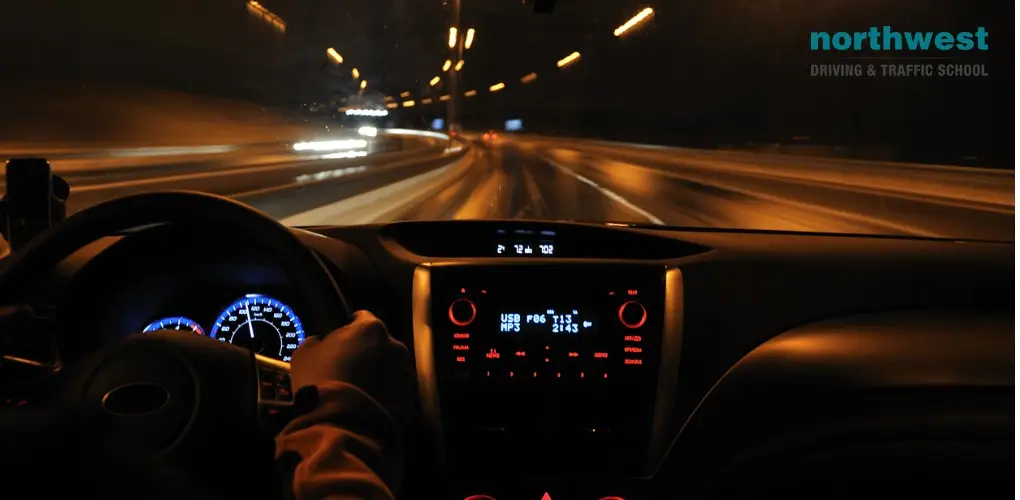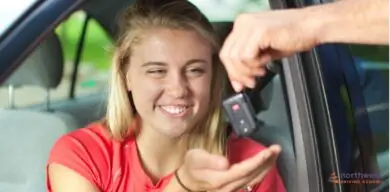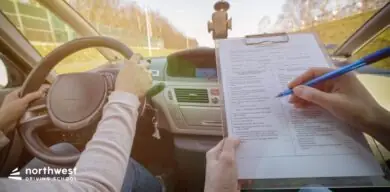- Driving School
Preparing To Drive At Night

One of the most stressful things a new driver can do is take their first drive at night. This is especially true if you have only just passed your test, as the chances are that your initial experience with an instructor will have been during the day when circumstances were less challenging.
The primary issue with driving during the night is the reduced visibility; however, there are other issues to contend with. Colors are not as easily perceptible and contrast is less clear, with the edges of things coalescing, putting an added strain on the eyes. Add in a shower of rain and driving at night can be rather challenging.
In this article, we’ll look at a few ways to prepare for your first night drive and a couple of things to remember about night driving.
Read More: How To Drive Safely At Night?
Lights
Before you drive off into the night, you should make sure that your lights are clear of dirt and have a quick check that indicators, brake lights, and main lights are all operating properly. It is also a good idea to familiarise yourself with the position of the lights in your car and how they operate.
You should also keep in mind that Urban areas will generally be well-lit but could have more traffic, particularly in areas like cities. However, rural areas often have no lighting, not even cats’ eyes on the roads, so extra care must be taken.
Using Full Beams
You should use your dipped beams in most urban situations and roads with a decent amount of traffic. Your full beam lights should be reserved for dark roads where no other traffic or pedestrians are visible.
If you are using your full beams, you see a vehicle approaching or a pedestrian or cyclist on the road, you’ll need to dip your headlights. If you continue using your full beams, you risk momentarily blinding someone driving towards you and potentially causing an accident.
Staying Aware
Awareness is a key part of road safety during the day and this is doubly true at night. Cyclists and pedestrians can blend into the background, especially if they are not wearing high-visibility clothing. Because of this, it is always important to check twice at junctions and before you move off.
You will also need to take extra care when ordering maneuvers, such as parking and overtaking, during the night. This is because low light conditions make it hard to judge distances and conceal changes in elevation or potholes that would be obvious during the day.





